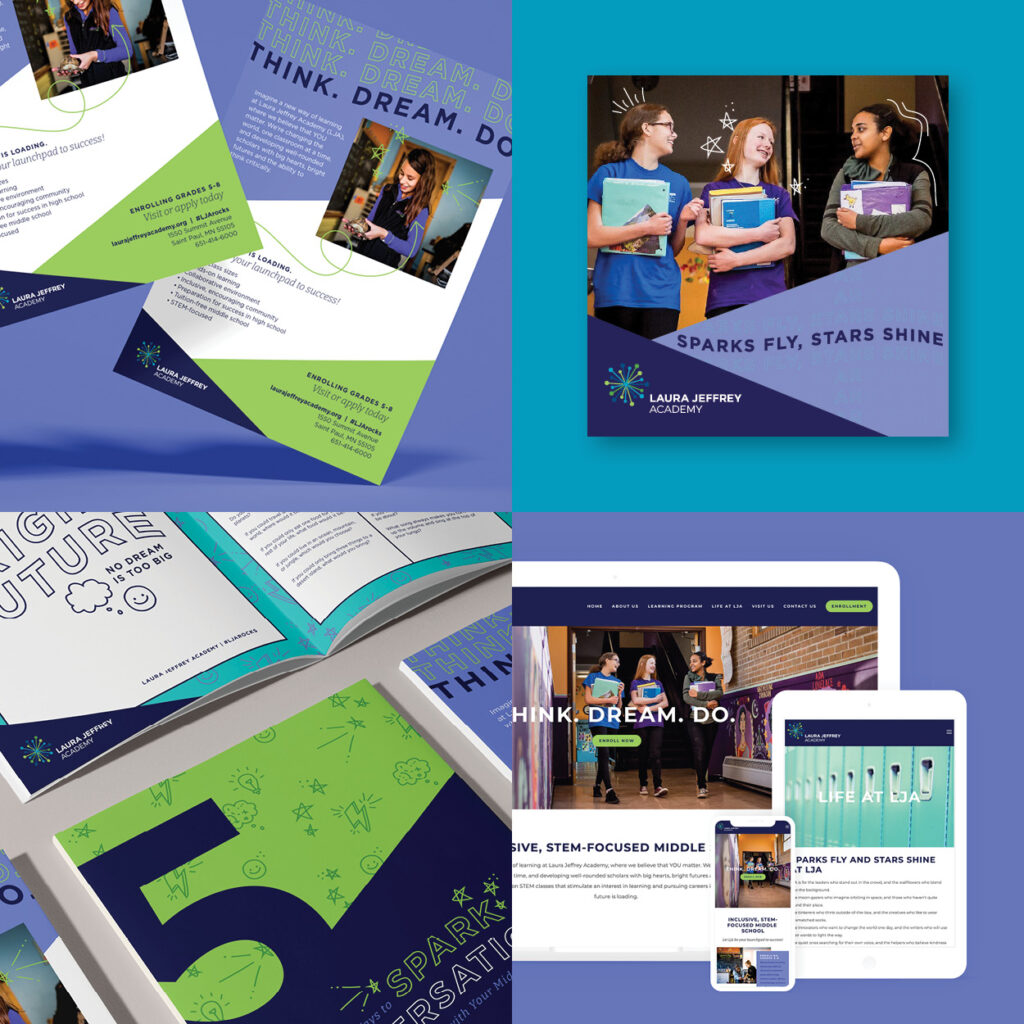Expertise Counts
Font design is its own discipline. Type foundries devote immense care and craft to creating versatile, readable, authoritative fonts. Top brands consult typographers to make custom fonts that perfectly express their vision.
But if you’re not Chick-Fil-A, creating a custom font may not make as much sense. Thankfully, thousands of high-quality fonts are available today. Chances are, your best font choices are available free in Google or Microsoft products.
There are plenty of fun free fonts available online, but they’re often created by individuals, and the quality varies. Use DaFont when designing your next music lyric tattoo, but avoid choosing a narrow-use font when designing the homepage for your organization.
Takeaway: Collaborate with your tech team and select fonts that can be deployed across your network without breaking the bank.





